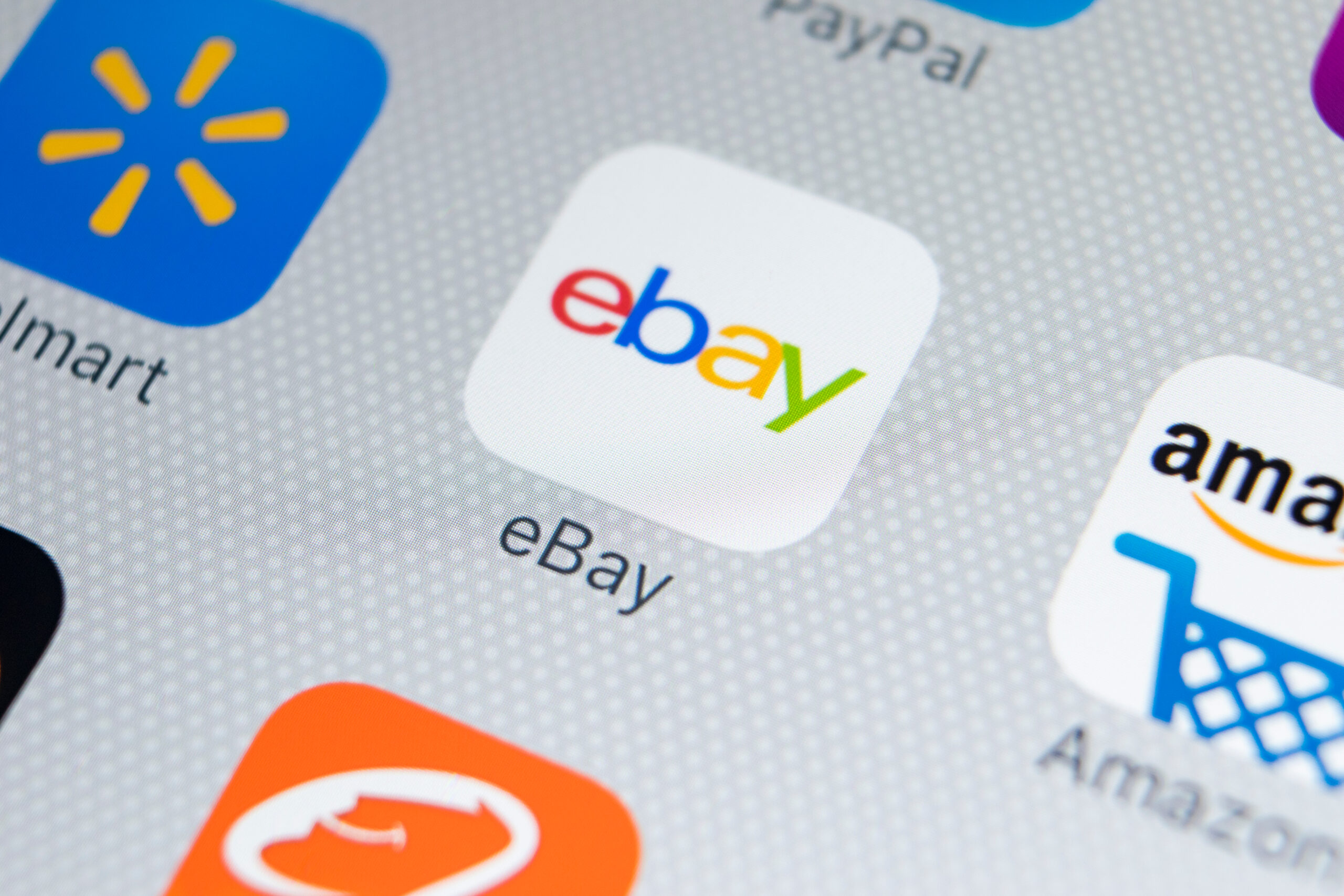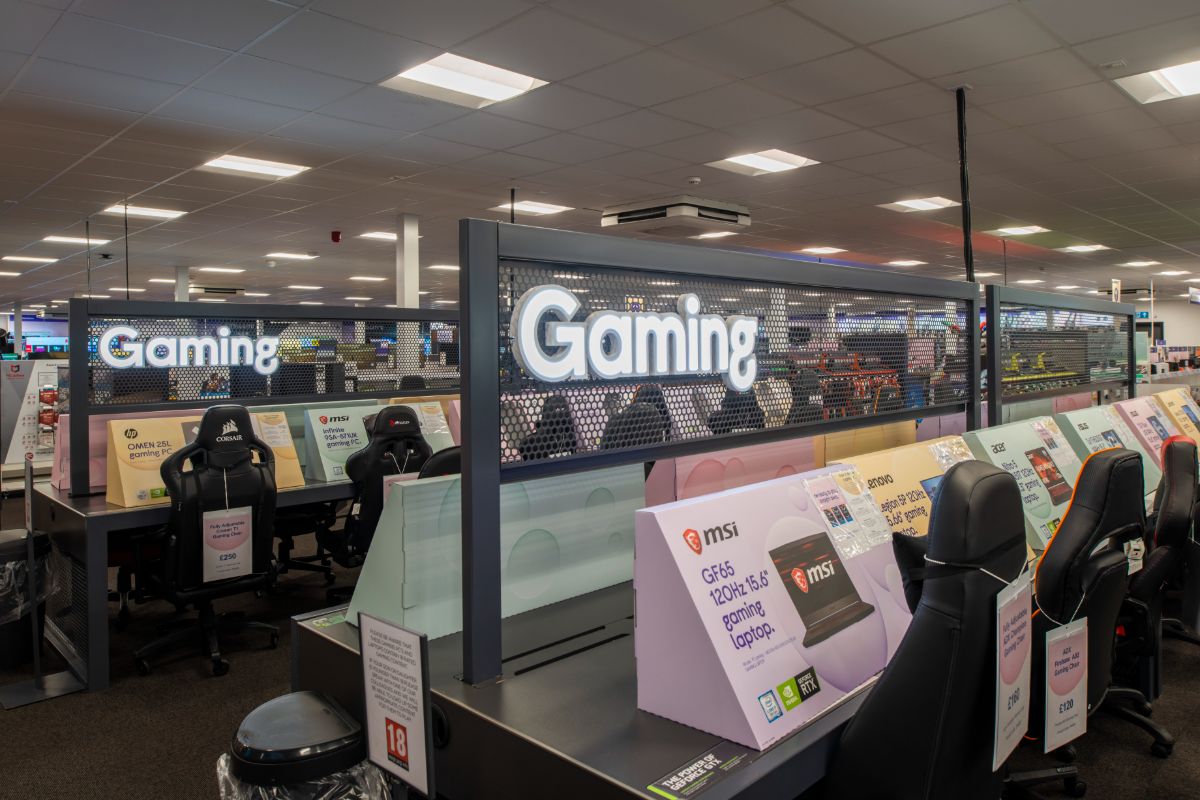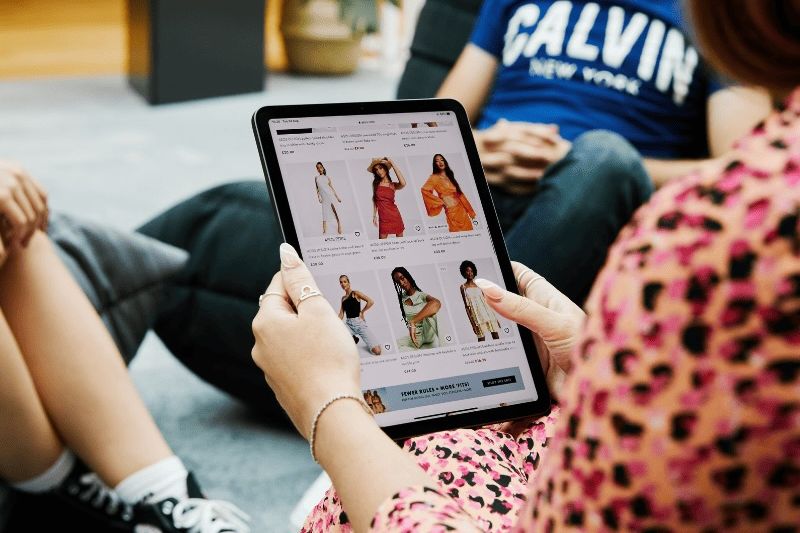Retailers and brands that move quickly when the Duchess of Cambridge’s new baby is born are likely to make the most of an expected upturn in online searching and shopping for baby-related items.
The eyes of many shoppers are expected to be firmly focused on the clothes the Duchess of Cambridge, now 40 weeks pregnant and already thought to be past her due date, wears when she presents her new son or daughter to the world. Later, clothes that are worn by the new child will also be the subject of close consumer attention, along with the royal baby buggy, and other key items.
When Prince George was born to the Duke and Duchess of Cambridge, back on July 22 2013, at 4.24pm, a royal retail baby boom soon emerged online. Retailers were fast in sending out royal baby promotional emails – by 10pm that night both Kiddicare and Early Learning Centre had sent out their first emails – and online searches for items that Kate wore when she left hospital also spiked. eBay says that on its site, searches for “polka dot dress” rose by 122%, while searches for the Aden + Anais swaddling wrap in which Prince George was first glimpsed were 300% up compared to ten days previously.
Phuong Nguyen, director, eBay Advertising UK, said: “The birth of a royal baby can capture the imagination of the nation’s shoppers; brands need to be present and relevant when consumers head online after being inspired by the fashion choices of Kate, William, George and the newest addition.”
She says brands selling similar items to those worn can also benefit: Prince William’s departure from the hospital triggered a spike in “blue shirt” online searches. “All those operating in the category have an opportunity to engage – as long as they have access to sophisticated insights and are nimble enough to react to real-world events.”
Pauline Robson, director, MediaCom Real World Insight, added: “Real time data gives brands the ability to identify and tap into spikes in consumer interest almost instantaneously, which ensures they can be relevant to shoppers when it matters most.
“We may not know which day or week the royal baby will be born on, or what his or her first outfit will be, but we can see that there is a tactical opportunity for brands. Those that can respond to changes in online behaviour quickly will reap the rewards.”
Victoria Hampson, founder of naturalbabyshower.co.uk, says her online store saw a spike in demand for aden + anais products when Prince George was born. This time she is hoping for a princess, since she believes that a baby girl will generate more retail sales.
“The baby girl market is much bigger than that of the baby boy market, so naturally a new princess would be a real boost,” she said.
“We’ve all see the power both Kate and now George have when it comes to shifting stock. They only have to be seen wearing something once and the item, and those similar to it, goes almost immediately out of stock.
“Having Prince George wear one of your products is the Holy Grail for all babywear retailers. Not only do you see sales go through the roof, it is a public endorsement from arguably the most important baby in the world.”
The London School of Marketing’s chief marketing officer Anton Dominique puts the value Prince George effect at £390m, and says a new baby could generate £300m for the UK economy – and more if it is a girl.
He said: “The impact of the ‘Kate effect’ has been well documented, however over the last year we have seen the increasing prevalence of the ‘Prince George effect’.
“If the next child of the Duke and Duchess of Cambridge is a girl, I believe the impact is going to be even bigger, especially if it is called either Elizabeth or Diana.
“Nostalgia is a very powerful tool in marketing and a new Princess Elizabeth or Princess Diana would, at least in marketing and advertising terms, significantly outshine her older brother.”








